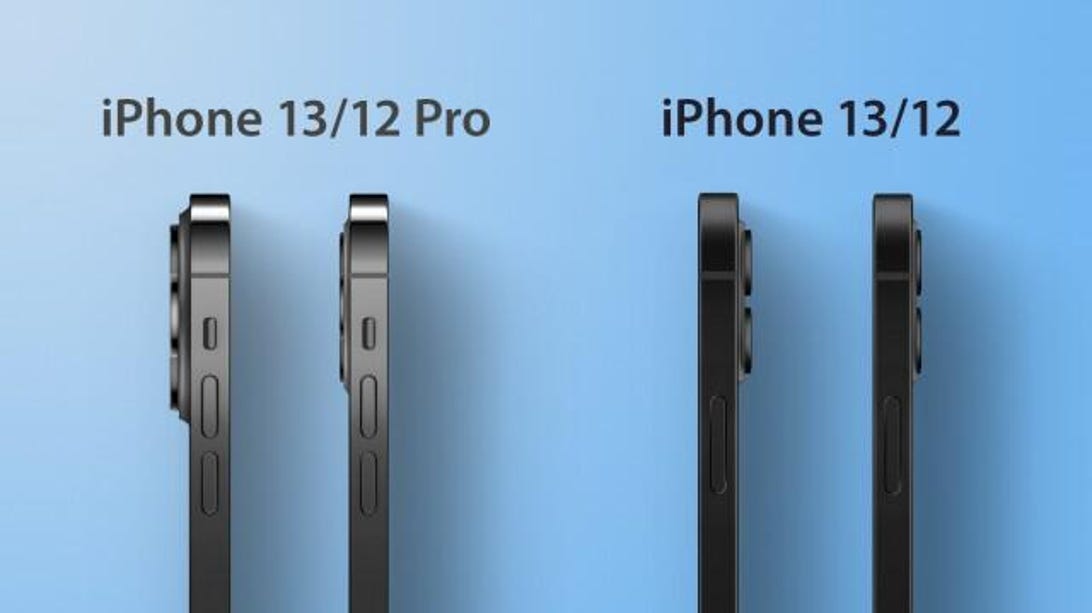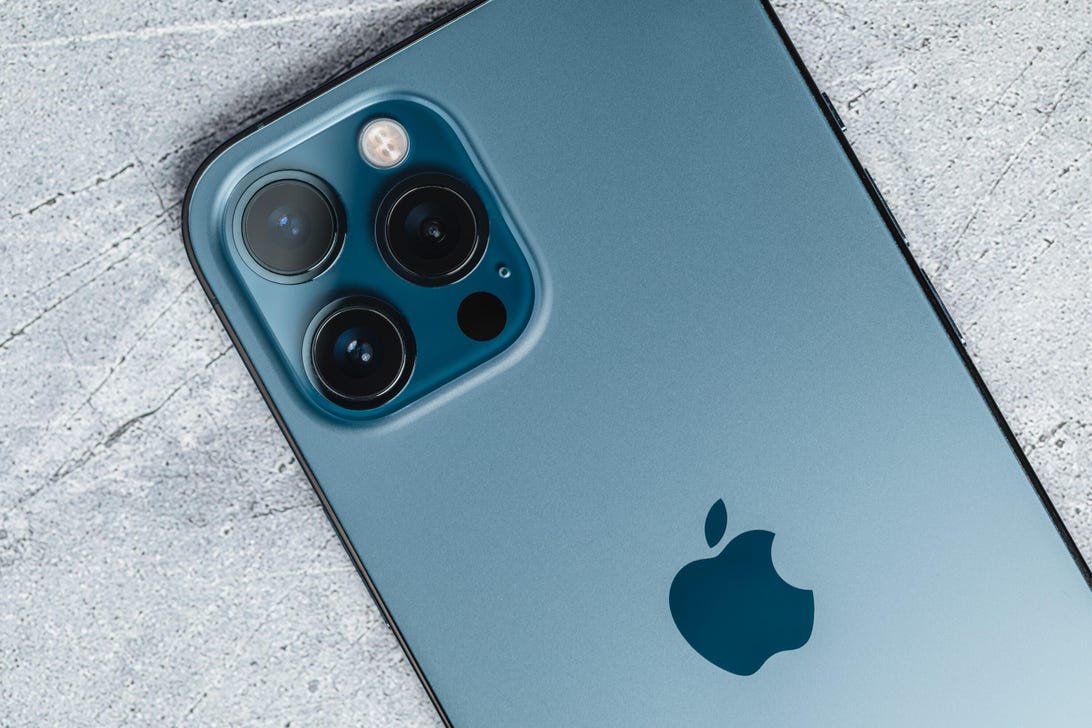[ad_1]

iPhone 13 and iPhone 12 rumored thickness compared.
MacRumors
With Apple’s Spring Loaded event done and dusted, the rumour mill has its eyes on Apple’s marquee event in the fall, where the iPhone 13 (if it ends up being called that) is expected. As usual, many of the features are still uncertain: Will we see a foldable iPhone? What about a faster refresh rate? Will Apple finally get rid of the Lightning port? And will a bubblegum pink iPhone, which has sent the internet into a frenzy, make its way to shelves? Even at this early stage, we’re getting a surprisingly complete picture of the iPhone 13, if the steady drip of leaks and rumors are to be believed. We’ve combed through all of them and focused on some of the bigger and more credible ones.
For now, we’re expecting four models: the iPhone 13, iPhone 13 Mini, iPhone 13 Pro and the iPhone 13 Pro Max. Apart from the expected incremental upgrades to things like processor and batteries, here’s what you can expect from the upcoming iPhone family. (For the purposes of this article, I’ll refer to it as the iPhone 13.)
Read more: iPhone 13 rumors so far: What we’re hearing about release date, specs, price and more
iPhone 13 probably won’t be a foldable
The iPhone 12 lineup saw a noteworthy makeover, so a major glow-up for the iPhone 13s is unlikely, though there will be some exciting things to look out for. A foldable iPhone, at least this year, is not one of them, however. Instead, we’re hearing of a similar “slabular” design with the iPhone 5’s flat sides and the same four sizes, starting with the smallest 5.4-inch iPhone Mini all the way to up to the expansive 6.7-inch iPhone 12 Pro Max.
As far as design goes, I’m low-key hoping for a smaller notch or (even better) an entirely notchless screen. For the notch to go away, however, Apple first has to figure out how to put the Face ID camera modules under the screen. Based on some recent rumors, this is a design element that could make its way to the iPhone 13.
Lightning port? Looks like it’s here to stay (for now)
Noted analyst Ming-Chi Kuo had once indicated in a report that Apple would kill the Lightning port, making way for a completely portless phone. Apple’s introduction of MagSafe to the iPhone 12 seemed to add weight to that claim.
Read more: iPhone 12’s Lightning port may be the next thing Apple kills
But Kuo is walking back on his portless iPhone assertion, for now at least. In a report, obtained by Apple Insider, he says MagSafe isn’t a mature enough ecosystem yet that Apple can solely rely on it for charging the iPhone 13. That means Apple will need to keep its lighting port since USB-C is unlikely to happen for the iPhone.

Andrew Hoyle/CNET
120Hz display likely
One feature that’s rumored to change in a noteworthy way is the screen. Kuo predicts the two iPhone 13 Pro models will use LTPO technology in their displays to give it a 120Hz refresh rate, which we’ve heard in earlier rumors too. This is a feature already present in Android phones like Samsung’s high-end Galaxy S21 series and even Xiaomi’s budget-friendly Redmi Note 10 Pro. Although Apple doesn’t disclose refresh rates, the iPhone 12 variants all have a 60Hz screen refresh rate, matching the iPhone 11 display.
Prices should stand still
As I mentioned earlier, don’t hold your breath for any revolutionary technical changes to the iPhone 13, which will likely feature incremental upgrades. Because of this, analysts expect iPhone 13 prices to come in at a similar range as the iPhone 12, which starts at $799 (£799, AU$1,349). Add to the mix that the iPhone 12 led to the largest revenue and profit quarter in Apple’s history, and it looks likely Apple will hit the repeat button when it comes to the pricing structure.
[ad_2]
Source link